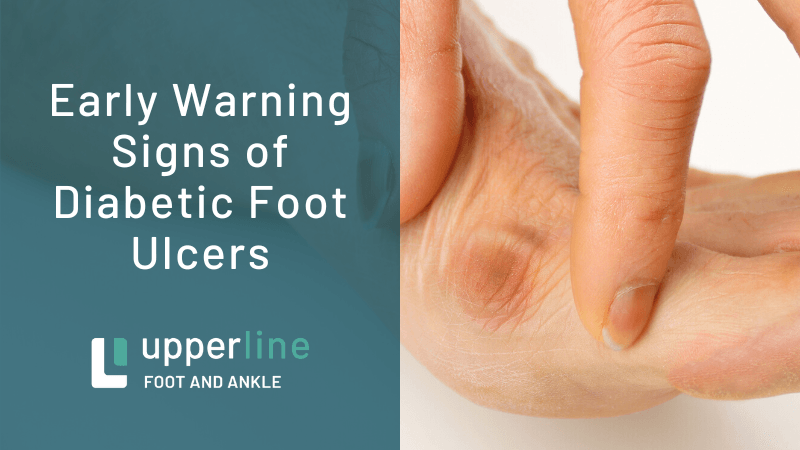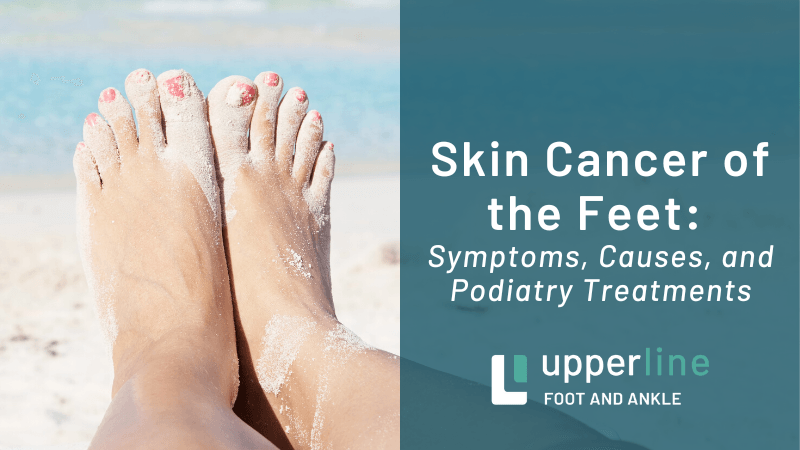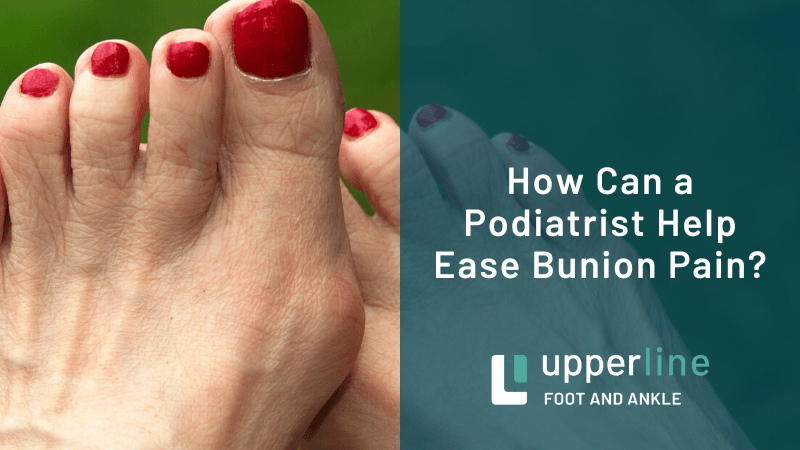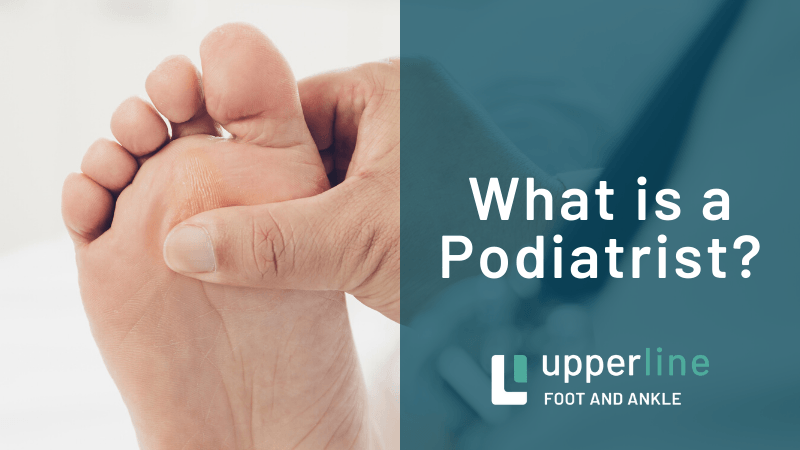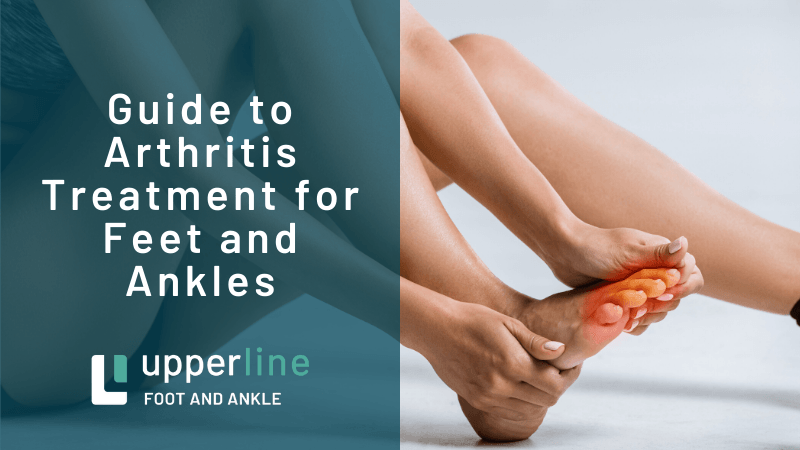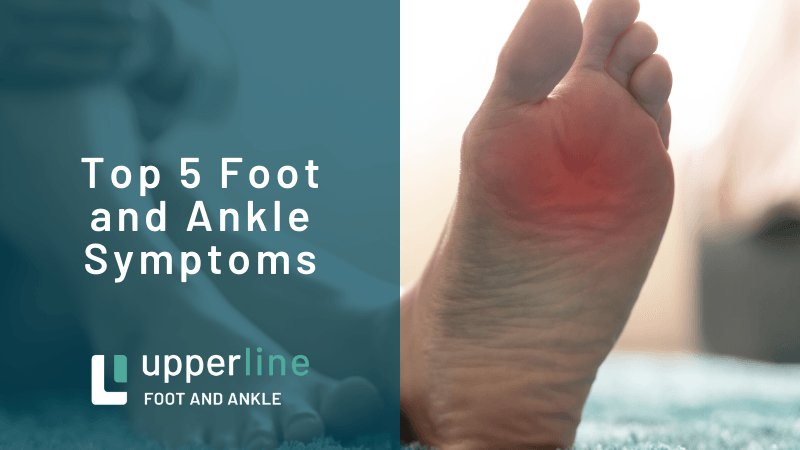Everything You Wanted to Know About Bunions (Plus, a Little More!)
Bunions are a fairly common toe deformity—especially for women—that tend to be a bit misunderstood. These are not, as often thought, caused by pumps, stilettos, or other high-heeled shoes, and they cannot be reversed. Instead, bunions are progressive and need to be treated to address symptoms and prevent the condition from worsening.
To put it simply, a bunion is a bump found at the big toe’s metatarsophalangeal (MTP) joint – which is where the toe connects to your foot).
The bony bump develops as a result of instability in the joint that allows your big toe to start drifting inward and angle toward the second toe. Excess pressure on the MTP joint forces the bone and tissue around it to increase in size and jut out to the side. With this particular toe deformity, the skin covering the bump can become reddened and quite sore.
Bunions might give women’s footwear a bad reputation, but they aren’t actually caused by high-heeled shoes like stilettos and pumps. This common misconception certainly makes sense—those types of shoes do place excessive pressure on the front of the foot—yet it is easily refuted by the fact men and children can also develop bunions.
Instead of footwear, bunions are caused by an inherited foot structure or abnormal biomechanical patterns. They start to develop when the natural distribution of forces and weight across the foot is disrupted by an imbalance of pressure, which causes instability in the big toe’s MTP joint and forces the joint’s structural components to form a hard knob.
The abnormal formation extends beyond the outline of your foot, on the inside edge. Injuries and inherited foot shapes or deformities present at birth can contribute to the development of this condition.
This all being said, high-heeled shoes can contribute to an existing bunion and cause it to become more severe.
With regards to symptoms, the most quickly identifiable one is the bunion itself. There is an unusual bulging bump located next to the base of the big toe. This bump will often be sore, reddened, and swollen. On account of the atypical structure, corns and calluses are more likely to develop. Depending on the case, either persistent or intermittent pain will be present. A bunion can also lead to restricted movement in the affected toe.
Whereas a bunion is a displaced joint at the base of the big toe, the same basic condition can actually also happen on the outer edge of the foot, at the base of the little toe. When this condition presents itself, it is known as a bunionette or a “tailor’s bunion.”
The tailor’s bunion moniker comes from the old days, when tailors would sit cross-legged on the floor while sewing garments. This sitting position places the outside edge of the foot—right where a bunionette can develop—on the hard ground. Accordingly, people thought there was a connection, and the name was born.
Much like with its larger cousin, a bunionette is actually caused by foot shape or structure, particularly when an abnormal bump exists on the end of the fifth metatarsal. They can also develop as a foot widens over time with age.
Sometimes bunion symptoms can be treated without the use of surgical intervention. It is important to note that the condition is not actually corrected (which can only be done with surgery), but the symptoms are addressed with treatment options like:
- Shoe choices. Finding footwear that offers wide, deep toe boxes can be beneficial. This avoids having too much pressure or friction on the affected area.
- Ice. Icing a bunion for about fifteen minutes at a time can help to reduce pain and inflammation. It is important to make sure that ice is not placed directly on the skin. Wrap it in a thin cloth or towel to avoid skin damage.
- Medication. As always, consult with our practice before administering medicine so we can provide recommendations and appropriate dosage amounts, but non-steroidal anti-inflammatory drugs (NSAIDs) are useful for managing pain and inflammation.
- Custom orthotics. Our doctors can create a special pair of orthotic devices that are custom-fitted to the affected foot. This is used to redistribute pressure and keep it away from the forefoot area.
Whereas bunions can sometimes be treated with conservative care, the only way to actually correct the deformity is with the use of bunion surgery. We will generally exhaust nonsurgical treatment options before reaching this point, and surgery is often reserved for cases that are severe (those that cause frequent pain or interference with daily activity).
When necessary, surgical procedures can be used to remove swollen tissue, realign the tarsal and big toe bones, or connect (fuse) bones in the affected joint. In order to achieve these kinds of objectives, there are a couple of different procedures that might be used, including:
- Osteotomy. In this operation, we will realign the joint by making small cuts in the affected bones and then keeping them in place with the use of screws, plates, or pins. These can be used in several different places to correct the deformity.
- Arthrodesis. When arthritis is in the picture too, we may remove arthritic joint surfaces and use wires, plates, or screws to keep the surfaces of the affected bones in place while they heal.
- Exostectomy. This surgical procedure entails removing the bump jutting out from the toe joint, which does not realign the joint. As such, exostectomy is often performed in conjunction with another of the bunion surgeries.
- Resection arthroplasty. Sometimes it is necessary to remove the damaged part of the MTP joint to increase space between the bones. This is mainly reserved for elderly patients who either have severe arthritis or previously had unsuccessful bunion surgery.
Given the progressive nature of this condition, it is best to address bunions at the earliest possible opportunities. While this is true for patients of any ages, it is particularly important for children who begin to develop bunions. Early intervention—and especially orthotic therapy—may be able to help a son or daughter develop a problem that could become quite severe over time.
Schedule an Appointment
Upperline Health has locations across Florida ready to care for your lower extremity needs.

Upperline Health Florida provides the highest quality integrated lower extremity care to patients in need through a skilled and compassionate team. We strive to deliver care in a consistent and high-quality manner.
Navigation




